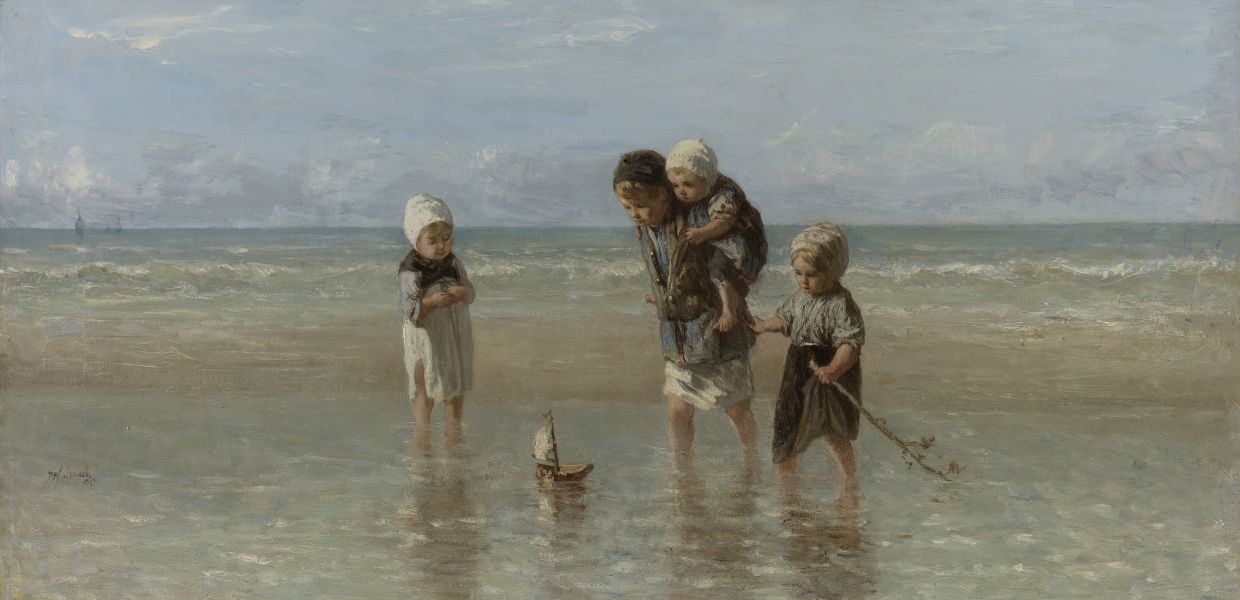Digital cultural heritage content in schools: learnings from our partnership with European Schoolnet
Read about the outcomes of our teacher's validation pilot

Over 2016 and 2017 (DSI2 project), European Schoolnet (EUN) led a teacher's validation pilot which has now been evaluated. The aims of the pilot were to develop and test pedagogical scenarios and learning activities using Europeana content, and to provide recommendations for policy makers, educators, cultural heritage institutions and Europeana to help mainstream the reuse of digital cultural content in primary and secondary schools.
The workshops
20 teachers from 10 European countries and a wide mix of disciplines and educational levels were brought together at EUN’s offices in Brussels for a workshop in November 2016 and February 2017. Over the course of two workshops, the teachers explored how to use Europeana content in education and developed learning scenarios that they would then test in their classroom.
EUN qualitatively evaluated the full programme and have published a short brochure highlighting the main outcomes and recommendations. You can download both on Europeana Pro.
What did we learn?
Some findings were not so unexpected. For example, the teachers were more likely to use images from our collections than sounds, 3D objects, videos or text. They liked having ready made materials or resources available. These ranged from our curated exhibitions to the various apps that can be used in education, like FACES, Van Go Yourself and Create. From this, we know that we should work better to make other media formats available for educators, and that curated resources are vital for time-poor teachers who want to bring cultural heritage into the classroom.
The report details some fantastic outcomes. After phase 2 of the project (on a scale from 1-10, 10 being the highest score), teachers would recommend the Europeana platform to other teachers (8.94 points) and to students (8.21 points). 16 of the 20 teachers declared that there was a positive change in their pedagogical approach after having participated in the pilot. Some teachers consider that they have progressed in designing more personalized student activities and in giving more responsibility to students for their learning.
The teachers gave feedback on what they thought of our site. They enjoyed its usefulness for educators and students, as well as having more content open for reuse in education, broadening the choice of resources for pupils and educators. Language and multilingual searching is important to them, as well as having content of national relevance. We’ve taken this onboard and we will do what we can to make our site as useful as possible for educators.
Find out more in the teacher case studies
We’re delighted that EUN were able to make short case study videos about a few of the teachers who used Europeana to develop learning scenarios in the classroom.
Stay up to date with all of the Europeana Education community news and explore our new pages on Europeana Pro. If you have any questions or if you want to use Europeana content in your educational resource, email us.

